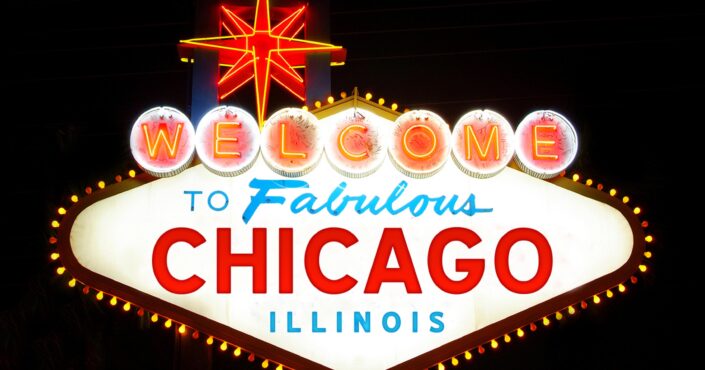Most people living in Illinois reside in the north, primarily in Chicago and its surrounding suburbs, which make up the Chicago metro dubbed Chicagoland. Chicago is the largest city in the state and the third-largest city nationwide but still manages to maintain its Midwestern friendliness. Situated along the shores of Lake Michigan and claiming nearly 2.7 million residents in July 2021, the Windy City offers a little something for everyone.
Registered nurses and allied health workers seeking an action-packed, cosmopolitan atmosphere and foodie mecca find that and more in Chicago. This city has everything from shopping along the Magnificent Mile and iconic annual music festivals like Lollapalooza to 15 miles of Lake Michigan beaches and an active and diverse nightlife. Chicago is also renowned for its stunning architecture, including buildings among the tallest in the nation, world-class museums and art galleries, Michelin-starred restaurants and eight professional teams catering to nearly every type of sports fan. It’s never boring in Chicago, even when it’s windy and cold.
Top Hospitals in Chicago, IL
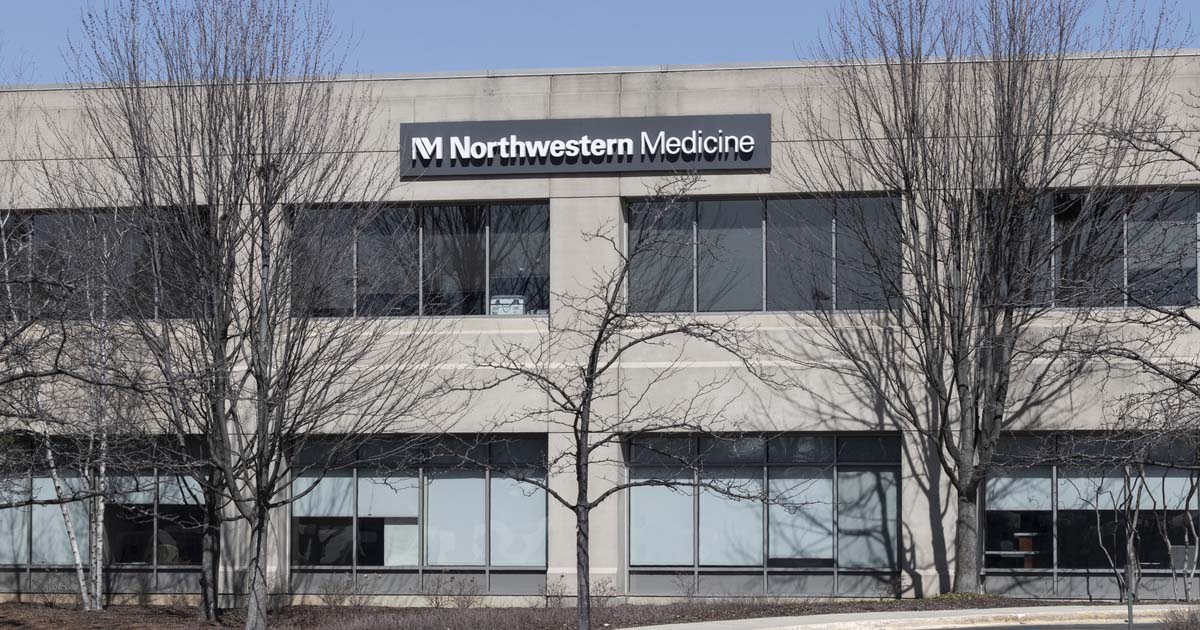
Several acclaimed hospitals, medical centers and health systems operate within the city and its surrounding suburbs, offering numerous career opportunities for nursing, advanced practice and allied health professionals. Our list of 10 Great Healthcare Employers in Chicago is a good reference for more information about several of these facilities. You can also research these and other hospitals around the nation using Vivian’s list of employer reviews. These are a few top facilities you’ll find in the Chicago metro.
- Northwestern Memorial Hospital: Located in the heart of Downtown Chicago, U.S. News & World Report ranked Northwestern Memorial Hospital No. 1 in Chicago and Illinois and No. 9 in the nation in 2022-2023. It also ranked nationally in 10 adult specialties. Northwestern Memorial is the teaching hospital for Northwestern University Feinberg School of Medicine in Chicago and the flagship facility for Northwestern Medicine. It’s been Magnet-recognized since 2006.
- UChicago Medicine: The University of Chicago Medical Center is UChicago Medicine’s flagship facility. This academic hospital sits on the university’s campus in Hyde Park and acts as the teaching hospital for the Pritzker School of Medicine. U.S. News & World Report ranked UChicago Medicine as the No. 3 hospital in Chicago and Illinois in 2022-2023, when it also ranked nationally in 10 adult specialties and four pediatric specialties.
- Loyola University Medical Center: Located in the Chicago suburb of Maywood, Loyola University Medical Center was ranked as the No. 6 hospital in Chicago and Illinois and nationally ranked in two adult specialties in 2022-2023. It’s considered a quaternary care facility, with a Level 1 Trauma Center, renowned transplant center, nationally recognized burn center, stroke center honored by the American Stroke Association and a unit specialized in providing stem cell transplants.
Average Nurse and Allied Health Pay Rates in Chicago
Vivian had 1,000s of staff and travel jobs posted for registered nurses and allied health professionals at hospitals and other healthcare facilities throughout Chicago, Illinois, in late January 2023. The following table shows the average and max pay rates for RNs and allied health workers during this period.
| Disciplines in Chicago | Average Pay Rate | Max Pay Rate |
| Staff Registered Nurse | $56/hour | $60/hour |
| Travel Registered Nurse | $2,834/week | $4,600/week |
| Staff Allied Health Professional | $36/hour | $69/hour |
| Travel Allied Health Professional | $2,606/week | $4,564/week |
Top recruited nursing specialties included med surg, telemetry, PICU, OR, ICU, emergency department, NICU, intermediate care, pediatrics, stroke care, clinical, home health, oncology, acute care and nurse case management. In-demand allied health professionals included pharmacists, pharmacy technicians, medical assistants, phlebotomists, radiology technologists, respiratory therapists, registered dieticians, medical technologists and patient care, cath lab, sterile processing, CT, ultrasound, X-ray, IR, mammography and surgical techs.
Cost of Living in Chicago, Illinois
Living in Chicago is considered relatively expensive, though the city’s overall cost of living is only about 7% higher than the national average. Housing costs nearly mirror the national average in many areas of the city and utilities are about 7% lower, but transportation costs can get pricey, averaging about 38% more than the national average.
Various tax rates in Illinois significantly increase the living costs in the Windy City. The state’s flat income tax rate of 4.95% is relatively steep for taxpayers not considered wealthy. Plus, in late 2022, the statewide median property tax rate was the second-highest in the nation and Illinois had the eighth-highest average combined state and local sales tax rate at 8.73%, per Kiplinger.
Top Locations to Live in Chicago, IL
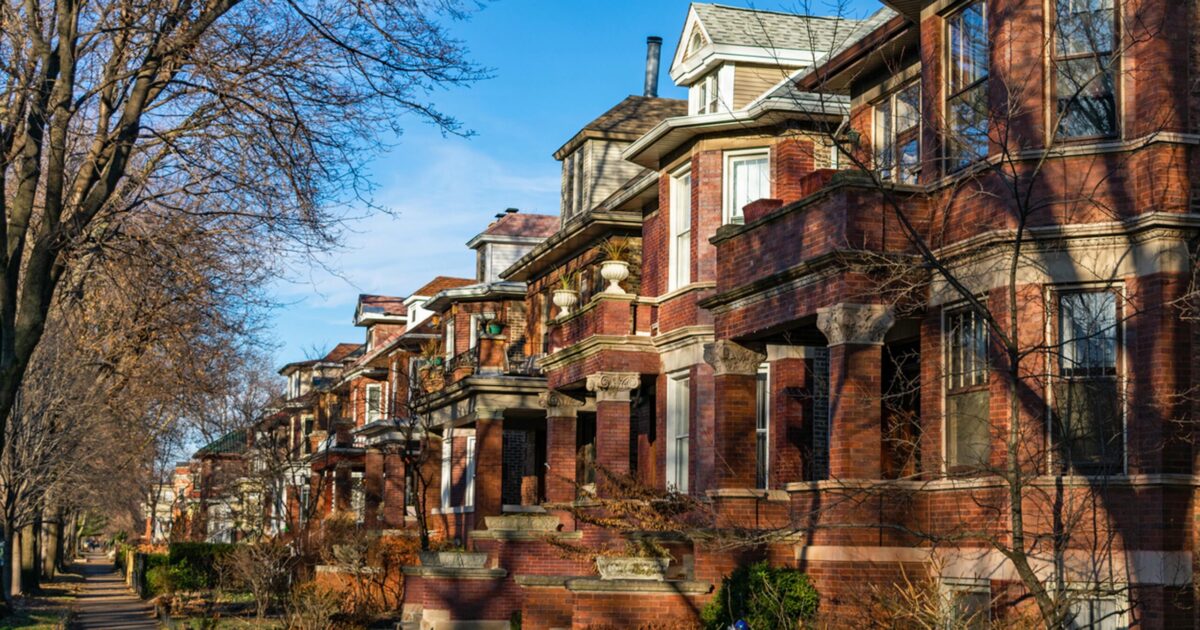
Chicago officially boasts 77 unique community areas but has even more neighborhoods related to these communities. While the community areas are official and don’t change, neighborhoods can change and may have different names and boundaries, depending on an individual’s perspective. For this guide, we chose a few popular neighborhoods included in the University of Chicago’s neighborhood study and added some housing data in early 2023 from various rental sites. Chicago’s distinct neighborhoods define the city, each boasting unique personalities all their own.
Uptown: Located on the north side of Chicago, Uptown has a long legacy as an entertainment and nightlife hotspot. Some of the biggest names in music have played at iconic neighborhood venues such as The Green Mill, the Riviera Theatre, Martyrs’ and the Uptown Lounge. Uptown also boasts an extensive array of global cuisine, from its wealth of Asian dining options to restaurants representing cultures from around the globe. This neighborhood offers a broad selection of high-rise apartments and condos, with the average rent on a one-bedroom apartment just under $1,400.
Hyde Park: In the south side of Chicago, many residents enjoy Hyde Park because it’s a well-rounded neighborhood with plenty of amenities, including shopping districts, parks, restaurants and entertainment options. As the site of the Chicago World’s Fair of 1893, Hyde Park is also rich with history and culturally diverse. The University of Chicago makes up the neighborhood’s west end and the Museum of Science and Industry (the largest science museum in the Western hemisphere) makes up the east. One-bedroom apartments average just over $1,700 per month.
West Loop: Foodies looking for the ideal neighborhood may find it in West Loop on the west side of Chicago. Some of the city’s hottest restaurants have transformed this former meat-packing district. Numerous historic warehouses are now trendy eateries, turning West Loop into the ultimate foodie mecca. The lively area sits on the western banks of the Chicago River and appeals to families and young professionals alike. It also boasts high-end shopping venues, art galleries, unique boutiques and airy loft apartments on the pricey side, averaging $2,650.
Lakeview: This popular community area in the north encompasses several iconic neighborhoods, such as Wrigleyville, home to the famous Wrigley Field for Cubs fans, and Northalsted (formerly Boystown), a notably LGBTQ+-friendly neighborhood. Lakeview is also an arts and entertainment hub and home to the world-renowned Blue Man Group. It’s filled with quirky eateries, vintage boutiques, nightlife hotspots and a 1200-acre park with stunning views of the Lake Michigan shoreline (hence its name). There’s never a dull moment in this laidback, bohemian area where the average rent for a one-bedroom apartment is $1,730.
Popular Chicago Attractions
Despite Chicago’s hot summers and blistering cold winters, the weather doesn’t usually stop residents from enjoying all the city has to offer. Fun can be found at numerous attractions, from sports venues to art institutes.
Navy Pier
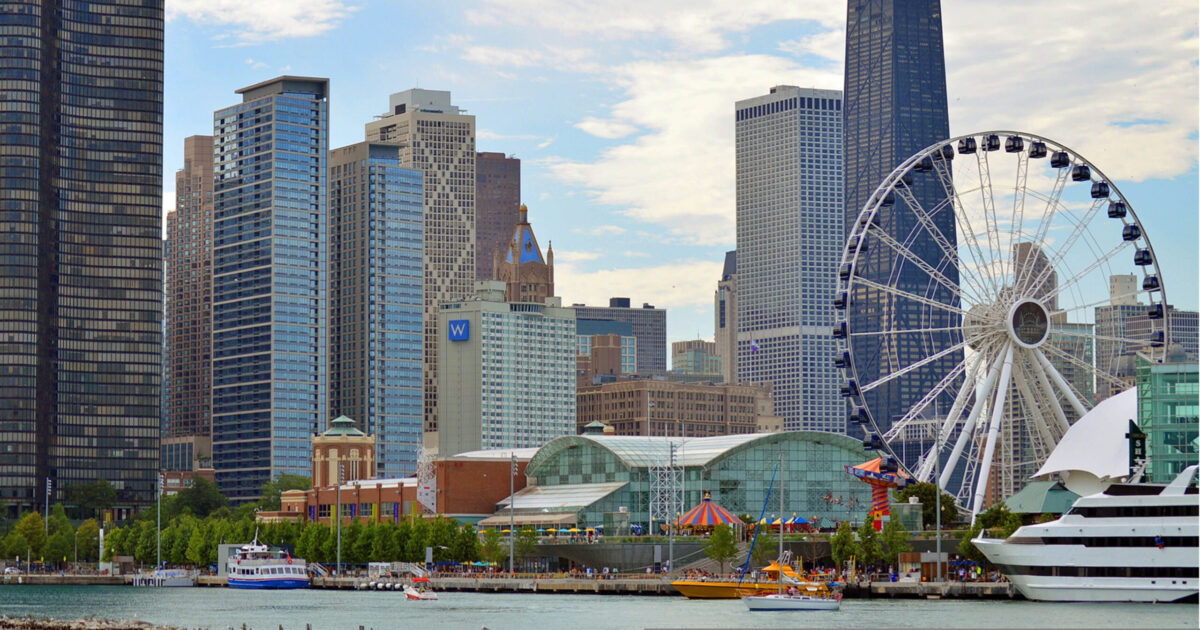
This iconic landmark in Chicago on the shores of Lake Michigan has been in operation since 1916. Highlights include the Chicago Children’s Museum, Crystal Gardens, Chicago Shakespeare Theater and the nearly 200-foot-tall Centennial Ferris Wheel. The area also boasts numerous restaurants, shopping venues, boat rides, live shows and outdoor amusement rides, plus miniature golf, semi-weekly fireworks shows and a 3D IMAX Theater. The Pier hosts various annual events, year-round festivities and cruise ships offering sightseeing trips. There’s no admission fee to enter Navy Pier, but individual attractions may charge admission or require tickets to ride. Hours of operation for some attractions are seasonal.
Grant Park
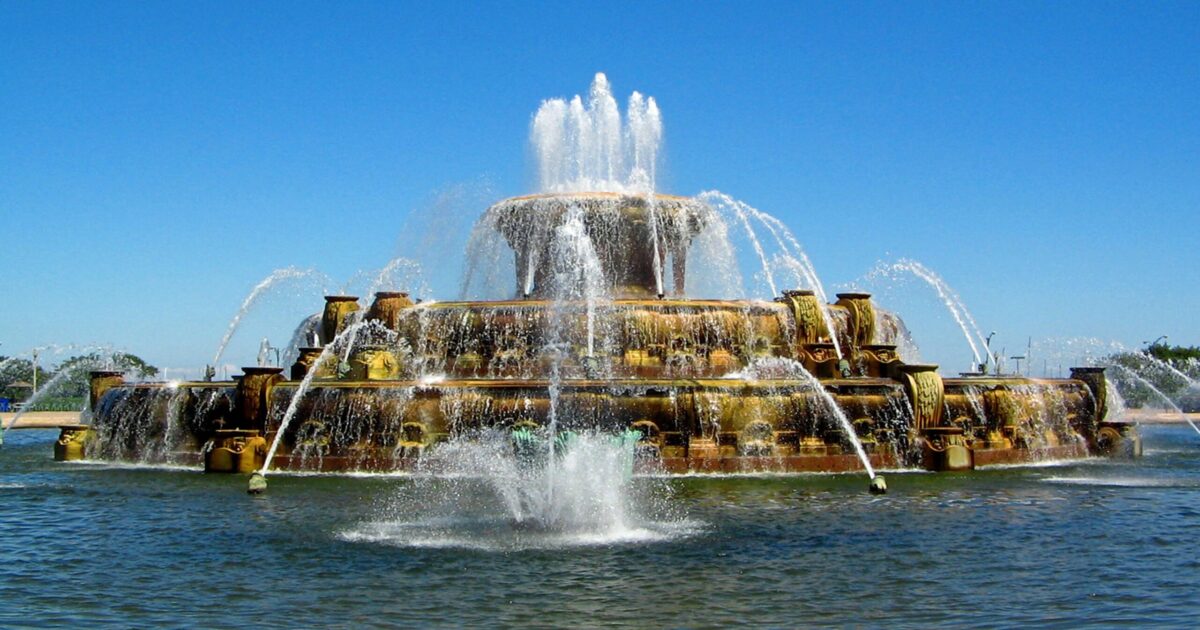
This 313-acre park is home to some of the most popular attractions in Chicagoland, including its centerpiece, Buckingham Fountain. One of the world’s largest fountains, it features a stunning water display every 20 minutes. Other attractions include the Field Museum of Natural History (originally founded in 1893 as the Columbian Museum of Chicago, now showcasing about 20 million artifacts and specimens), the Art Institute of Chicago (a world-class museum with hundreds of thousands of pieces of art) and Shedd Aquarium (a five-million-gallon aquarium home to 32,000 animals). Grant Park is open daily from 6 a.m. to 11 p.m. without an entry charge, but each attraction charges a fee.
Millennium Park
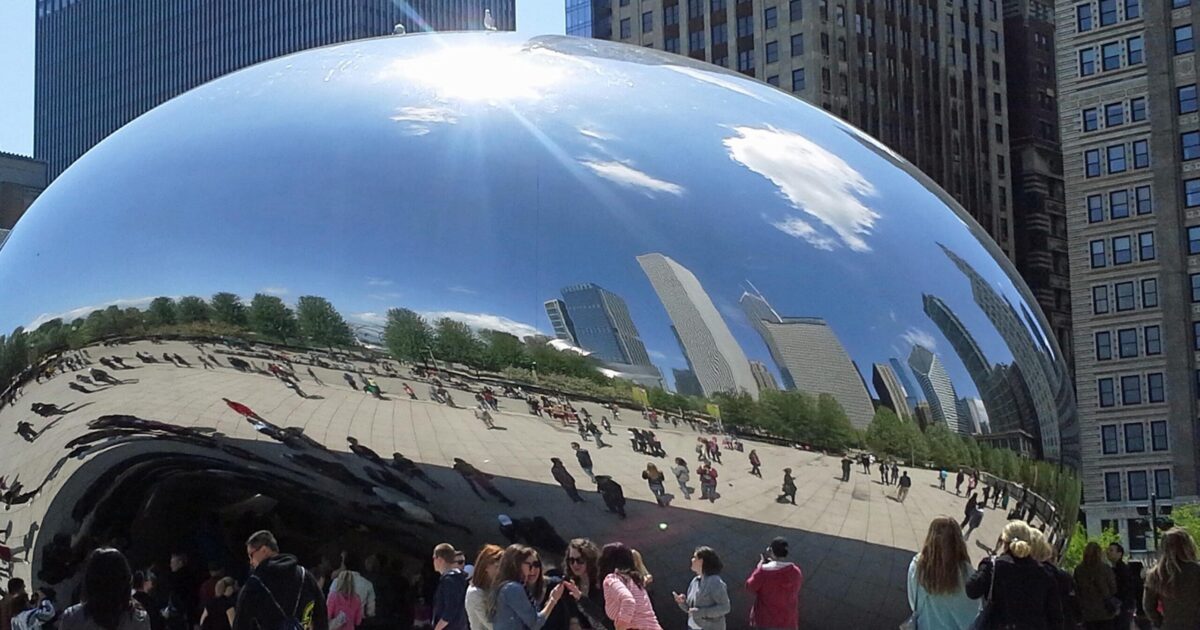
Although it’s part of the larger Grant Park, Millennium Park deserves a nod of its own for its many distinct attractions. The Park is home to the 110-ton sculpture named Cloud Gate. This centerpiece, inspired by liquid mercury, has a mirrored stainless steel surface reflecting the surrounding architecture and anyone who passes by or beneath it. Crown Fountain, an interactive work of public art and video sculpture, features the faces of 1,000 Chicagoans projected on LED screens with water flowing through an outlet that creates the illusion of water pouring from their mouths. Millennium Park’s secret garden, Lurie Garden, is a four-season enclave that offers an urban oasis of ever-changing plantings you can visit free of charge. You can also catch a performance at the Jay Pritzker Pavilion, an outdoor concert venue in the park.
Wrigley Field
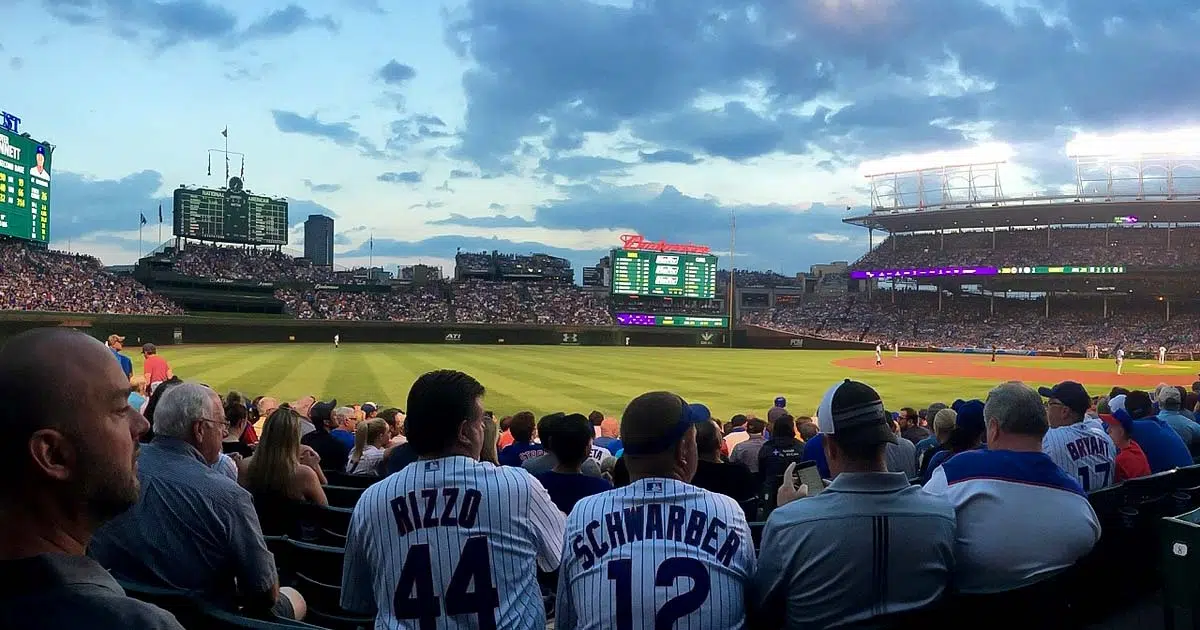
Built in 1914, this iconic sports venue is home to the Chicago Cubs and the second-oldest Major League Baseball park in the nation after Boston’s Fenway Park. During the season, you can catch one of many home games or take a ballpark tour, including the field, press box, visitor’s clubhouse and dugouts, if there’s not a game scheduled that day. Guided tours last between 75 and 90 minutes.
You can also see the Chicago White Sox at Guaranteed Rate Field. Not a baseball fan? Chicago’s other professional sports teams include the NBA Bulls, NFL Bears, WNBA Sky, NHL Blackhawks, MLS Fire and NWSL Red Stars, among others.
The Magnificent Mile
Think of this stretch of downtown Chicago as its version of New York’s Fifth Avenue and Beverly Hills’ Rodeo Drive. It’s the city’s largest shopping district, lined with a wide variety of mid-range and high-end shops. Approximately 3.1 million square feet encompasses upscale retail shops, luxury fashion outlets, trendy restaurants, posh hotels and must-see museums on Chicago’s Mag Mile. It’s also home to the 100-story John Hancock Building, with its fantastic rooftop observation deck offering stunning city views and fine dining.
Chicago’s Foodie Scene
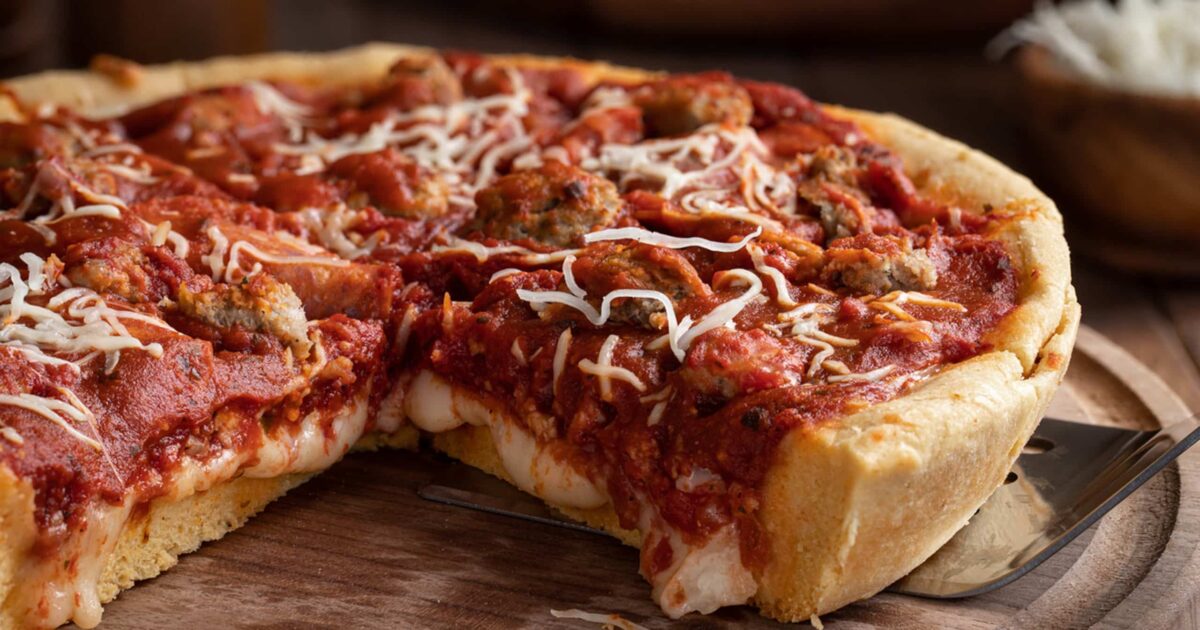
Chicago’s foodie scene runs the gamut, from high-end dining to the ultimate snack foods. In 2022, it ranked No. 3 on U.S. News & World Report’s Best Foodie Cities list and No. 12 out of the 180 cities compared by WalletHub for its list.
The Michelin Guide honored 23 Chicago restaurants with stars in 2022, including four newcomers. For healthcare workers seeking a quality meal at a slightly more affordable price, Michelin also named 55 restaurants on its 2022 Bib Gourmand list. However, the city boasts 1,000s of scrumptious eateries covering at least 40 cuisines to please all palates.
You can’t talk about Chicago’s iconic foodie scene without mentioning its famous dishes, most notably Chicago-style deep-dish pizza and hot dog joints serving some of the tastiest wieners on a bun and piled high with various toppings and condiments. Tasty snacks famous in the city include Chicago-style popcorn, a combination of cheese popcorn and caramel popcorn, to create the ultimate sweet and salty treat.
Getting Around the Windy City
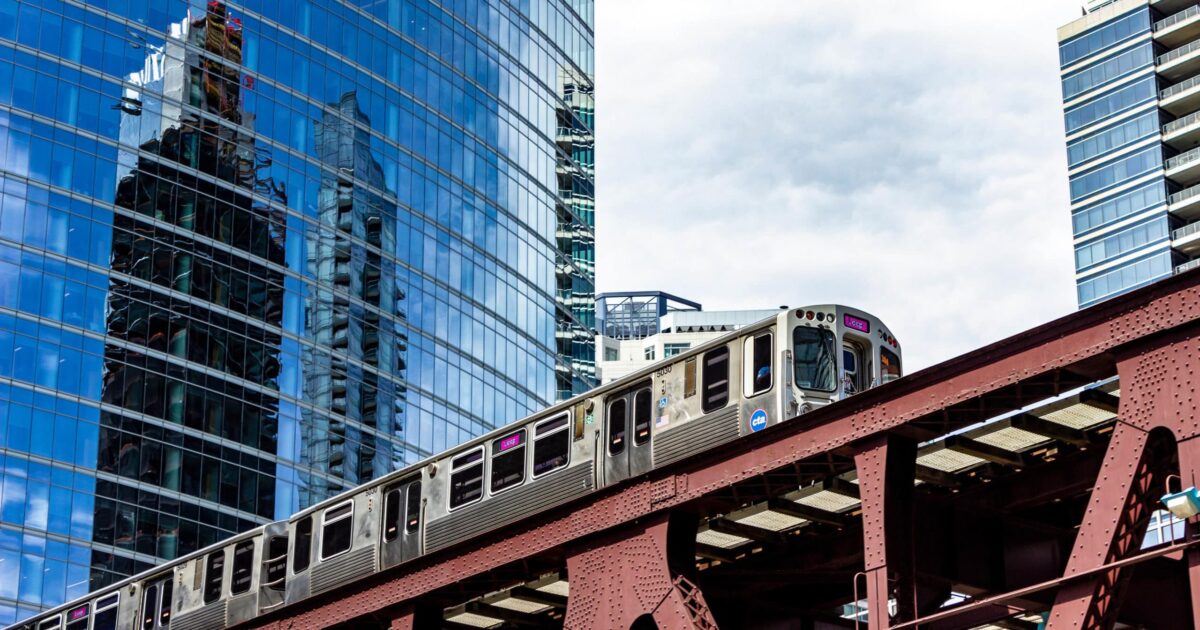
A major perk for locals in and around the area is the Chicago Transit Authority’s extensive public transportation system that offers an easy way to get around the state’s largest city. It includes the elevated train (aka the L train), a comprehensive bus system and Metra Rail, a regional commuter train system with several stops throughout Downtown Chicago and neighboring suburbs.
Health-conscious commuters benefit from most streets having bike lanes, and numerous bike rental stations provide an easy way to get around on two wheels, even if you don’t have your own.
Chicago has two major airports for long-distance travel: O’Hare International and Midway International. O’Hare is touted as one of the busiest airports in the world, so you’ll find multiple flights to just about anywhere. However, severe weather can lead to flight delays and cancellations, so you can also opt for ground transport through Greyhound and Amtrak.
If you’re looking for a new travel or staff job in nursing or allied health in Chicago or anywhere in Illinois, Vivian Health can help. Our platform connects healthcare professionals with top employers in Chicago and around the country by focusing on salary transparency, a speedier hiring process and matching the ideal candidate with the perfect job. We also provide career tips for Chicago nurses and empower all healthcare workers to find top-notch job opportunities by applying for multiple positions with a single profile and easily connecting with recruiters through direct chat.





